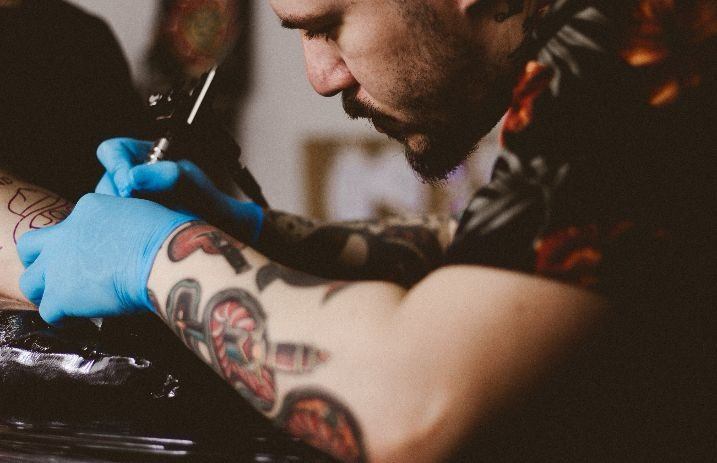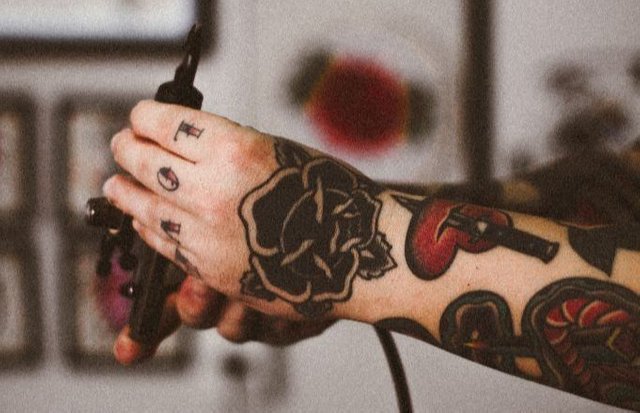The evolution of tattoo culture in America
 Inked individuals have for quite some time been seen as odd or societal exceptions. The general American belief system downgrades tattoos to low class images, and regularly keeps abnormal state, lucrative employments out of an inked individual's compass. There is a holding on thought that inked individuals are less taught, not so much refined but rather more forceful than "customary" individuals—or even engaged with criminal action. In any case, with each passing year, society seems to alter more to tattoo culture, notwithstanding incorporating it in numerous standard foundations, for example, TV and design. So addresses normally emerge: Where did the destructive generalizations start? For what reason do they continue? What's more, how has the view of tattoo culture changed throughout the years?
Inked individuals have for quite some time been seen as odd or societal exceptions. The general American belief system downgrades tattoos to low class images, and regularly keeps abnormal state, lucrative employments out of an inked individual's compass. There is a holding on thought that inked individuals are less taught, not so much refined but rather more forceful than "customary" individuals—or even engaged with criminal action. In any case, with each passing year, society seems to alter more to tattoo culture, notwithstanding incorporating it in numerous standard foundations, for example, TV and design. So addresses normally emerge: Where did the destructive generalizations start? For what reason do they continue? What's more, how has the view of tattoo culture changed throughout the years?
Mariner Jerry
At the point when numerous individuals hear the name Sailor Jerry, they think instantly about the spiced rum. Behind the brand, however, is the colossal story of the conventional American tattoo. (Truth be told, the alcohol organization gladly expresses that their item was "created to pay tribute to Norman 'Mariner Jerry"'Collins, father of the old-school tattoo.") While Collins was unquestionably not the primary tattoo craftsman in America, he is a standout amongst the most remarkable. His style of inking, affected by his chance serving in the Navy and his inevitable home of Hawaii, denoted the start of what we now know as the American conventional style. The larger part of Americans' first tattoo experiences were with his fine art. Collins particularly took into account mariners on shore leave, which is the means by which tattoo culture advanced toward the territory.
Class and culpability
Local Americans had been honing the specialty of inking a very long time before American mariners, however it was this class of men who brought the workmanship into American culture. The American bourgeoisie considered mariners to be having a place with a lower class, be that as it may, and on account of that the work of art was immediately named by those in high places as deteriorate. What made inking considerably more suspect was the way that it was an outside work of art: American mariners got tattoos abroad, all things considered, in outsider terrains that America's tip top saw as bizarre and savage.
Monstrosity appears
Because tattoos were viewed as images of low class or guiltiness doesn't mean the American open wasn't occupied with them. Despite what might be expected! Inked ladies were crack show stars who individuals paid to see. Their photos could even be bought for gathering, similar to individuals do with baseball cards. In the late nineteenth and mid twentieth hundreds of years, seeing tattoos was a type of stimulation, notwithstanding possessing a spot in the acclaimed Barnum and Bailey Circus.
Breaking into standard culture

The logo of one of the most established, most celebrated and fruitful retail establishments in America was really motivated by a tattoo. Trust it or not, Macy's trademark star was made the store's legitimate seal in 1858 because of its originator, Rowland Hussey Macy. Macy had gotten a star inked on him to stamp his chance as a whaler, utilizing stars for route adrift. So while a few people on the present Macy's staff may consider tattoos to be foul or unwanted, their organizer definitely oppose this idea!
[CONTINUED ON NEXT PAGE]
[Continue reading]2
good